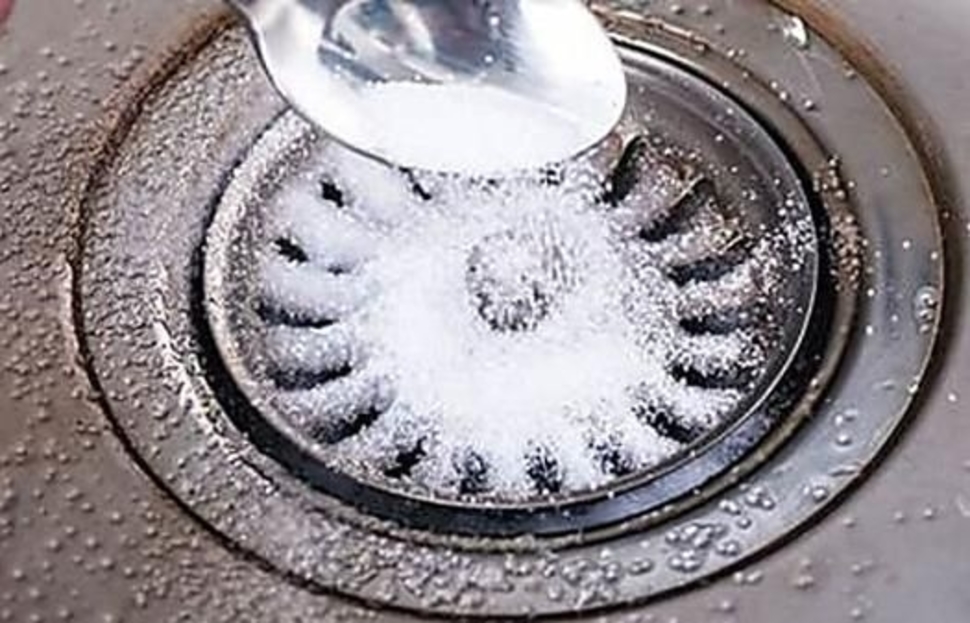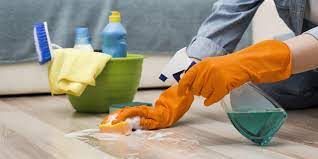Unclogging Drains in a House
No matter where it occurs, a clogged drain is inconvenient. Fortunately, most of the time, the solution is simple and can be completed by the homeowner. Here are a few ways to unclog your drains that will work for practically any blockage.
We’ve all seen the warning signs. The sink takes a little longer to drain. You notice water accumulating around your feet in the shower. Then there were the odors to contend with. Odors that are out of the ordinary and unpleasant. They’re all signs that your drain is ready to become plugged. Then, out of nowhere, there’s a loud bang. Your brain is completely blocked. You should take care of it right away, or you’ll have to cope with the consequences of a burst pipe or a broken bathroom.
As a result, you clean away the hair and debris that has built up on the drain’s surface. There’s nothing after that. You make the decision to employ the services of a liquid plumber. This isn’t a good situation. The plunger is the next step. But what if it fails to appear and save the day? Before you go to that expense, here are some methods for removing the impediments.
Considerations for Safety
While there is no need for sharp tools or harmful products to clear drain clogs, keep in mind that drain obstructions are usually contaminated with bacteria. It’s a good idea to always use basic safety equipment like rubber gloves and eye protection to avoid skin and eye contact. After you’ve cleared a clog, take the time to clean up.
Here are easy ways to unclog your sink and shower drain in 2021:
- Pour a pot of boiling water down the drain to begin.
- Pour in a cup of baking soda and a solution of 1 cup water/1 cup vinegar.
- Wait 5 to 10 minutes after covering with the drain plug.
- Once more, pour boiling water down the drain.
- make use of The Wet & Dry Vacuum
- Clean the Pipe
- use the Drain Snake
1. The Bent Wire Hanger
It’s a simple concept, yet it works surprisingly well. Straighten a standard wire coat hanger to the best of your ability. Bend one end over to create a little hook. After pushing that past the drain cover, start fishing. All types of hair and other nastiness should be able to be removed from the drain. Always keep in mind that you should be removing junk rather than pushing it deeper.

2. Baking Soda and Vinegar
Combine a third of a cup of baking soda and a third of a cup of vinegar in a measuring cup. It will fizz immediately, and you should pour it down the clogged drain as soon as possible. The fizzing motion will help to clear the pipe of gunk, hair, and grime. Allow for one hour of respite, or perhaps overnight if time permits. Flush the toilet with hot water. Alternatively, before adding the vinegar, pour as much dry baking soda down the drain as possible. (For more ideas, check out 30 Things Vinegar Can Replace in Your House.)
3. The Wet & Dry Vacuum
A wet and dry shop vacuum may be handy for clearing drains if you have one. First, set it to vacuum liquids. Cover the vent to avoid a mess. Make the tightest seal you can over the drain. You may improvise and use an old plunger head for this project. When set to its highest level, the vacuum can be powerful enough to pull the obstruction up the pipe and into the vacuum bag. It doesn’t always work, but it’s worth a go.
It doesn’t get any easier than this in terms of advice. Boil as much water as the kettle will hold (or use the stove or microwave if you don’t have a kettle). Allow the hot water to work for a few seconds between each pour as you pour it down the drain in two to three phases. Unclogging a drain is typically the simplest and quickest method. If there’s any remaining water, reward yourself with a cup of tea.
4. Boiling Water
In terms of guidance, it doesn’t get any easier than this. If you don’t have a kettle, boil as much water as it will hold (or use the stove or microwave if you don’t have one). Allow a few seconds for the hot water to work between pours as you pour it down the drain in two or three steps. The simplest and quickest way to unclog a drain is to use a plunger. Reward yourself with a cup of tea if there is any remaining water.
5. Caustic Soda
Put on some goggles and rubber gloves. Caustic soda can produce chemical burns (also known as Sodium Hydroxide). You can acquire some at your local hardware store, but always use caution when handling it. Add 3 cups of caustic soda to a mop bucket half-filled with cold water. Mix it thoroughly with an old wooden spoon. It’ll begin to bubble and heat up. Pour it down the clogged drain and flush it out with hot water after 20 to 30 minutes. Repeat the process if necessary.
6. Cleaning the Pipe
I’m not a fan of some plumbing jobs, but this one is straightforward. Place an empty bucket beneath the sink’s U-shaped pipe to begin (the trap). The spilled water will be gathered in a bucket. Using a plumber’s tool, loosen the slide nuts on both ends of the pipe. By hand, you should be able to complete the procedure. Once the trap is free, remove it and turn it upside down to spill the contents into the bucket. You might also have to look inside for rubbish and the pipes that kept it in place. An old toothbrush can be used to remove the obstinate muck. Reassemble the trap after cleaning it with water. In the vast majority of cases, this is sufficient.
7. The Drain Snake
This is a low-tech piece of equipment that does an excellent job. It’s made up of a long, flexible metal rope with a spiral at the end.
A plumber’s snake can be beneficial to any household. This tool can clear clogs in the main drain line, branch drains, and even outside the drain trap of a fixture. The tools range in price from $10 for a small manual snake for clearing branch drain clogs to more than $200 for a motorized auger for clearing several main drain impediments. For most houses, a basic hand snake is the best option. When you need power augers, you can hire them.
Eye protection and rubber gloves are necessary because utilizing a drain snake is a nasty operation.
Although it is sometimes possible to run a small drain snake directly down the drain opening of a sink, shower, or bathtub, it is usually preferred to remove the drain trap and snake down the trap arm and into the branch drain.

8. Salt and Baking Soda
Fill the clogged drain with half a cup of table salt and half a cup of baking soda. Pour boiling water down the drain after 10-20 minutes. Some of the more difficult impediments should melt due to a chemical reaction between the salt, baking soda, and boiling water.
9. Dish Detergent
If the toilet bowl is clogged, pour 1/4 cup dish detergent into it. Bring a pot of water to a boil after that. The dish soap will act as a lubricant, helping to break up any greasy residue. After that, pour the boiling water down the drain and prepare to plunge. If the plunger fails, rubber gloves may be the next best thing.
10. Baking Soda, Vinegar, Gravity, and Pressure
If your bath drain is clogged, follow the steps in step two to make a paste of baking soda and vinegar. Pour it down the drain and put the stopper on top of it. After 45-60 minutes, fill the bathtub with water. After that, take out the plug. The baking soda and vinegar should have softened the blockage sufficiently to dislodge it with 40-60 liters of water. You might also use a drain snake or plunging in conjunction with the water’s weight.
Using an Eco-Friendly Drain Cleaner to Unclog a Drain
Hazardous chemicals in traditional drain cleaners can harm your family’s health as well as your pipes. With only a few common household products, you can manufacture your own eco-friendly drain cleaner that is both safe and effective.
You may be able to flush the obstruction out with water if it is minor. Bring a pot of water to a boil on the stove. As soon as it begins to boil, remove it from the fire and carefully pour the water into the clogged drain. The water may flow slowly at first, but once the obstruction is eliminated, the water will flow normally. This solution works well for blockages that are mostly formed of soap or grease.
For tougher obstructions, baking soda, white vinegar, and a cloth or drain plug are required. Fill the drain with half a cup of baking soda and half a cup of vinegar. Allow the mixture to boil and dissolve the clog through the drain while covering it with a rag. After about an hour, pour a pot of boiling water down the drain, followed by more hot water from the tap. You may need to repeat the technique a few times if the obstruction is really obstinate.
When should you seek expert assistance?
While the majority of drain clogs occur in drain traps or branch drains, which are both very easy to remove, there are a few obstructions that necessitate professional assistance.
The main drain blockage occurs when a clog is severe enough to cause floor drains to back up, or when all of the home’s fixtures are affected. The utilization of massive power augers is frequently required to clear these large blocks. While similar instruments can be rented, they are enormous, sophisticated, and filthy machines to operate. Hiring a professional drain cleaning service, of which there are many, is usually the best option in such situations.

